Oops.
In Monday’s blog, I failed to mention that No. 225 Sachia Vickery, is another African American competing at the U.S. Open. That makes seven. Vickery, 18, a wildcard entry, is set to play Croatia’s Mirjana Lucic-Baroni, a qualifier, Tuesday.
Vickery is among the young rising pros mentioned by today’s guest, Rodney Harmon. As head coach of the Georgia Tech women’s tennis team and former director of men’s Tennis/USTA High Performance (2002-2008), Harmon has good reason to know the whereabouts of our country’s young rising stars.
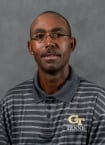 Harmon weighs in:
Harmon weighs in:
James Blake, No. 100 in the world, and Donald Young, No. 156, have carried the flag for African American Professional Tennis for the past few years. James reached a career high of No. 4 on the ATP Computer in 2006 and represented The USA in Davis Cup competition. In 2005, Donald became the youngest junior (16 years, 5 mos.) to be ranked No. 1 junior in the world and reached a career high of No. 38 on the pro tour in February 2012.
I am always looking to see the next promising minority players on the horizon. There are a number of young minority female players who have achieved tremendous success in junior and professional tennis in the past few years. No. 16 Sloane Stephens, 20, No. 39 Madison Keys, 18, No. 225 Sachia Vickory, 18, and No. 334 Taylor Townsend, 17, are hoping to move into the rarified air of Venus and Serena Williams. There is concern among American tennis fans regarding the absence of American men in the second week of Grand Slam events. Help is on the way. Francis Tiafoe, 15, and Michael Mmoh, 15, two of the USA’s most promising junior prospects are African Americans. Francis was the top ranked 14-and- under in the USA and in the world in 2012. He won two major international 14s singles titles (Teen Tennis & Les Petits As). Francis and Michael, Francis led the USA Team to the 14s World Junior Championships. Though these very talented young men are just fifteen years old, they have achieved success in the Boys 18s of the International Tennis Federation (ITF) Circuit. Francis is No. 87 and Michael is No. 81 in the ITF Rankings. Each has an ideal training environment, with Francis training at the Junior Tennis Center in College Park, MD, while Michael lives and trains at the IMG Academy in Bradenton, FL.
Other promising African American males include, Chris Eubanks, 17, Stephen Watson Jr., 17, Samuel Shropshire, 18, and the Whitehurst twins, Terrance and Terrell, 17. All were tough competitors on the US junior circuit and played well at the recent US Boys 18s Hard Court Championships in Kalamazoo, MI. Because they are close in age, I expect them to push each other to greater heights in the next few years.
I only wish the USTA were more involved with identifying and assisting talented multicultural players. For the USA to be competitive with the rest of the world in the years to come, it will require that the USTA must find and train talented athletes to be top pros. The athletic level of today’s players is so high that not only do you have to hit the ball well, have weapons, play good defense but you must have exceptional footwork, endurance and court coverage. When I look at Rafa (Nadal), Andy (Murray), Roger (Federer)and Novak (Djokovic), I see excellent tennis players who also are gifted athletes, capable of performing at the highest level in a number of other sports. To compete against today’s top pros, we must find players who can match up athletically. Many of the best athletes in the major professional sports in the world are of African descent. LeBron James, Usain Bolt, RG III, Colin Kaepernick, Adrian Peterson, Italian Soccer star, Mario Balotelli and many others astonish us with their physical prowess!
If the USTA is serious about competing with the rest of the world, it must get serious about working with top multicultural programs, coaches and players. The program to assist this group has not changed very much since I worked as the Director of Multicultural Participation from 1997 to 2002. With the help of then USTA Minority Participation Chairman, Wendall Willis and USTA Board Member, Joy Rodenberg , we were able to introduce a Player Grant Program to go along with the Program Grant Program. The 10 and Under Program is great for introducing players to our game, but the key is getting our most talented players to stay in the game, especially when the demands for top level coaching, training and extensive travel can force a very talented player without extensive resources to leave tennis for another sport. When I see that the French Tennis Federation were able to produce a very strong generation of male pros, including multicultural players No. 8 Jo-Wilfried Tsonga and No. 39 Gael Monfils, I know it can be done here in the good old, USA, as well.
Rodney Harmon, currently the head women’s tennis coach at Georgia Tech, reached the 1982 US Open Singles Quarterfinals as an amateur and was a three-time ITA All-American. He was the head men’s Coach for the 2008 Beijing Olympic Games and was inducted into the ITA Collegiate Hall of Fame. He served as Director of Men’s Tennis/USTA High Performance (2002 – 2008)and Director of USTA Multicultural Participation (1997 – 2002).
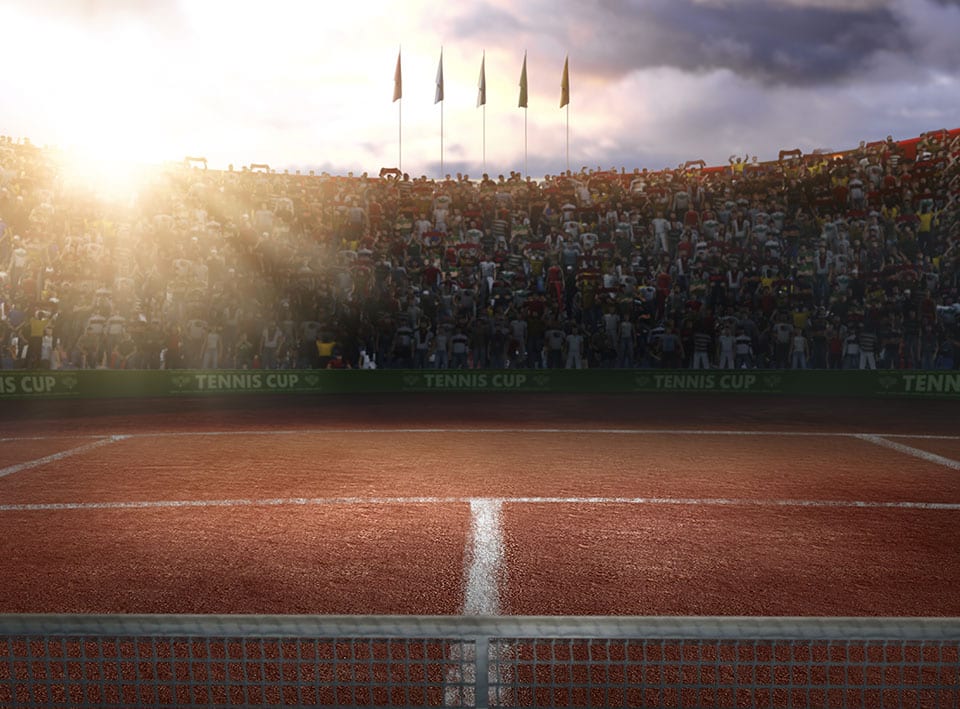
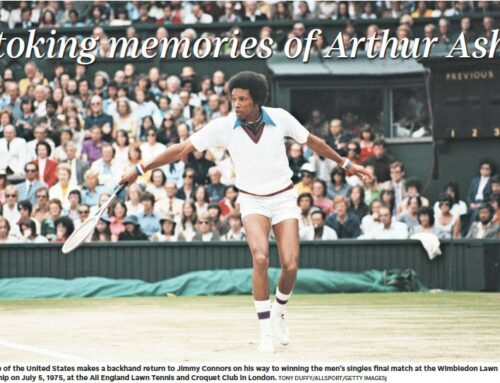
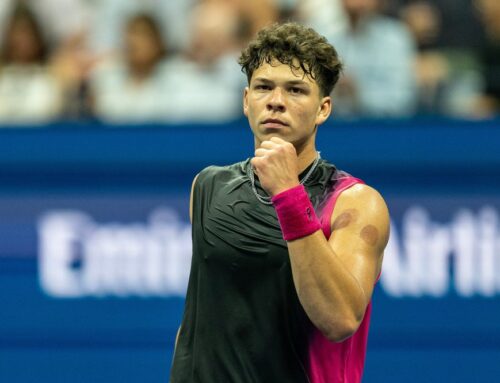
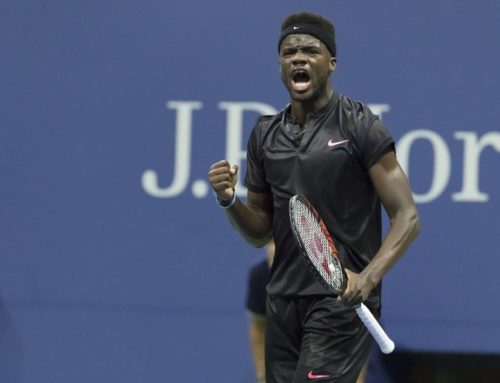
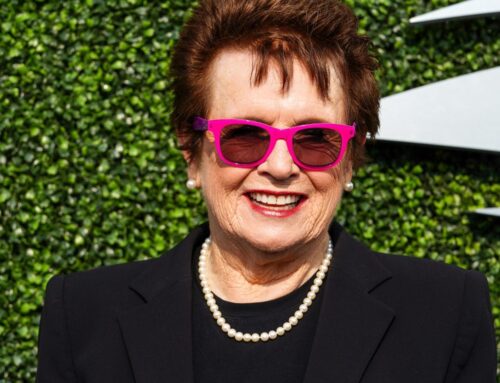
Leave A Comment